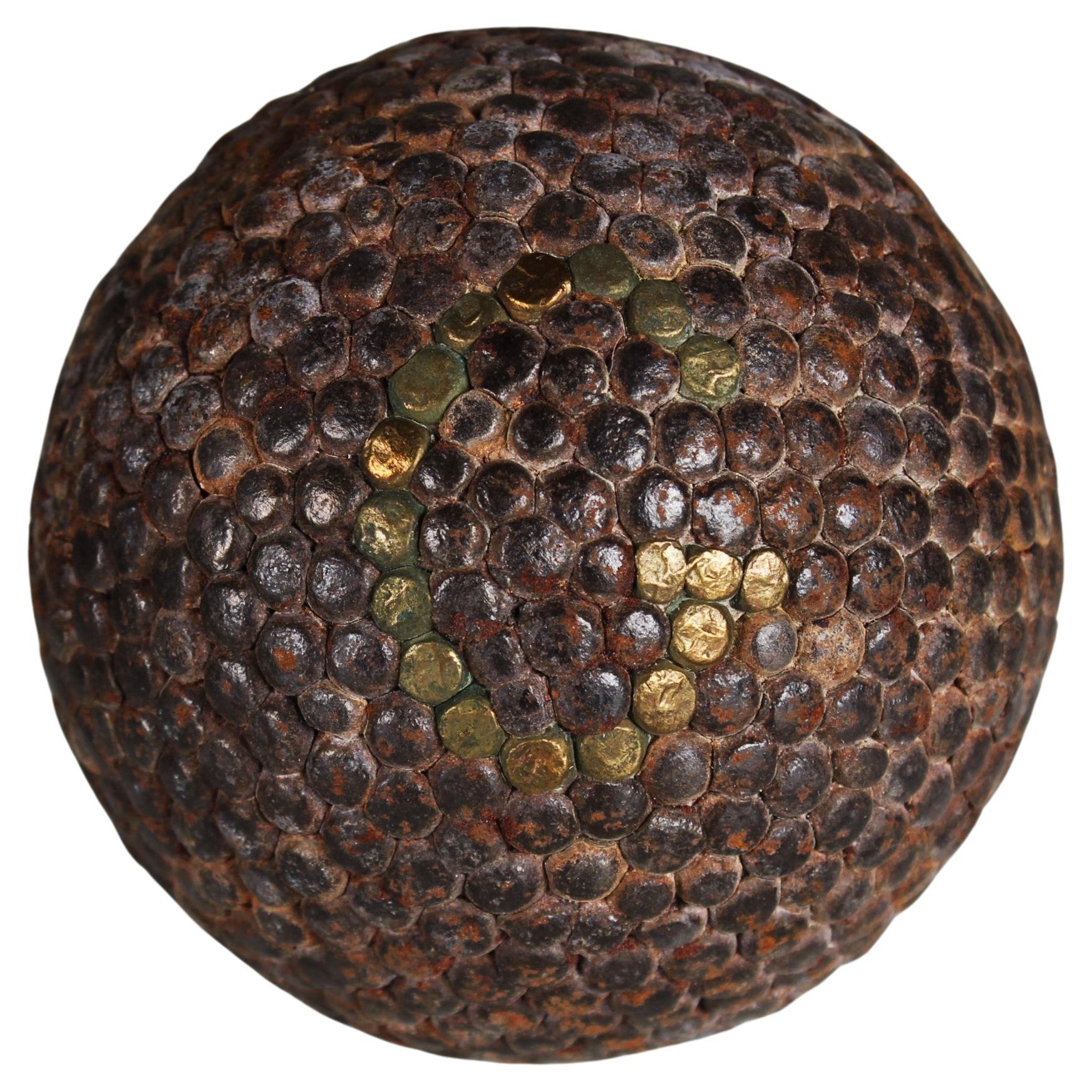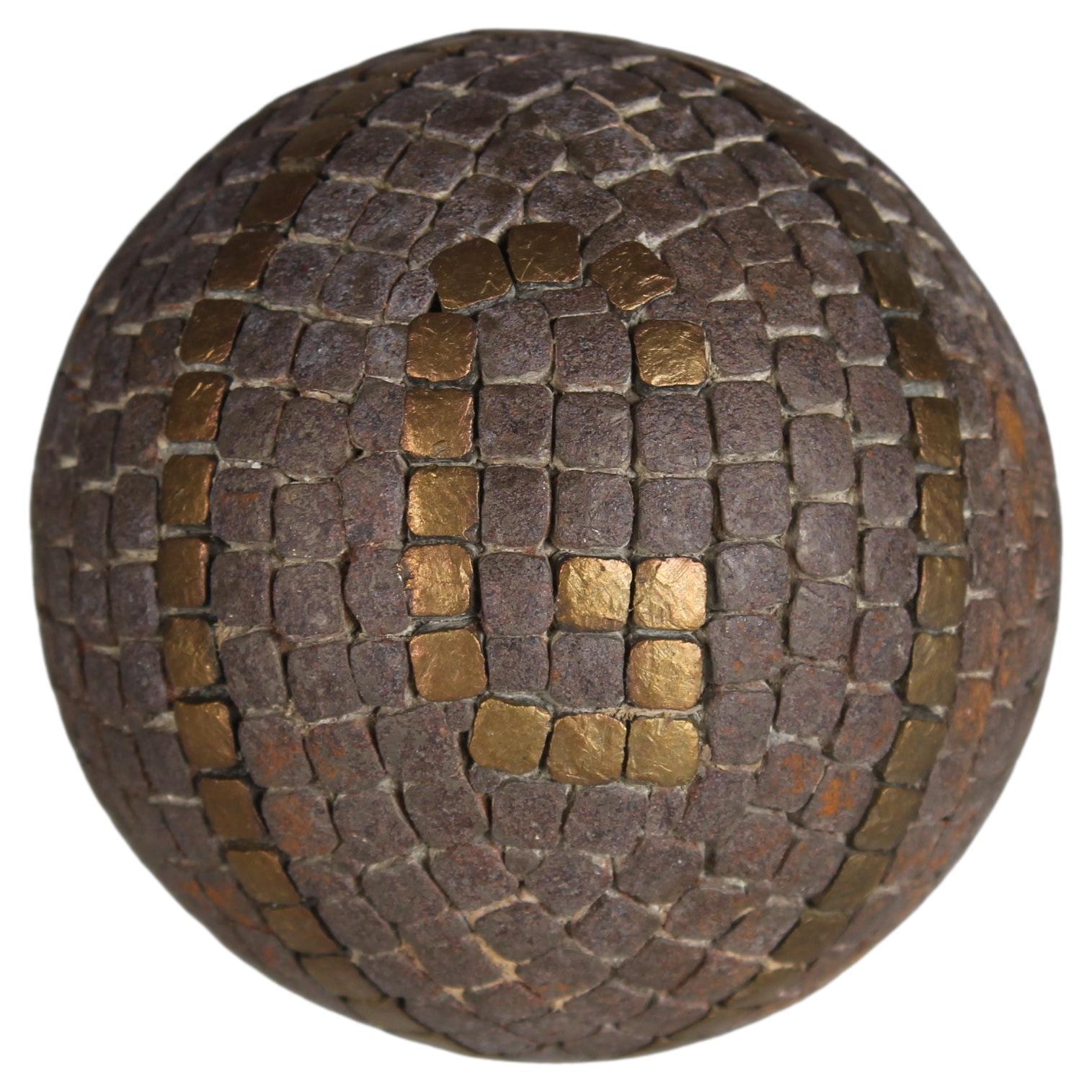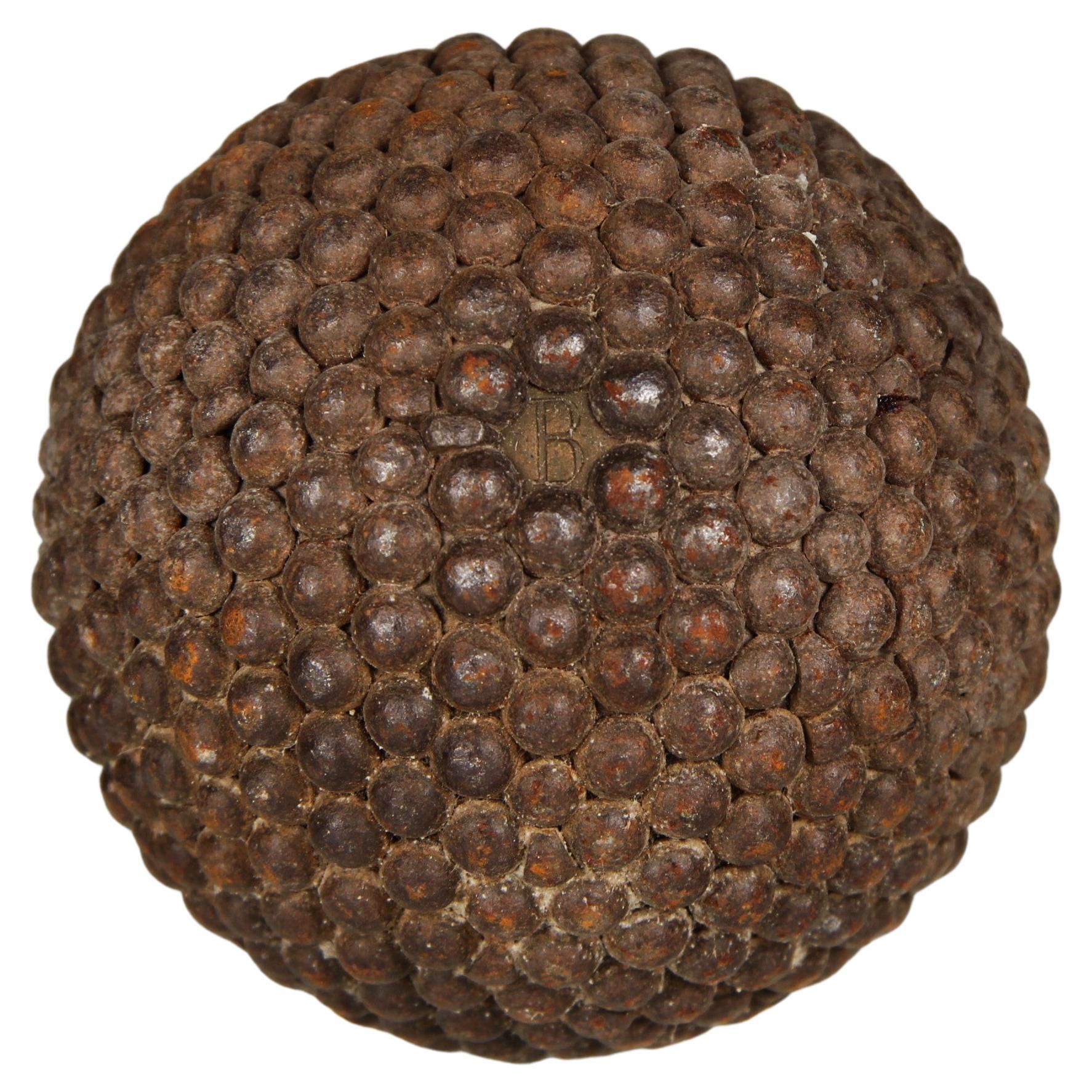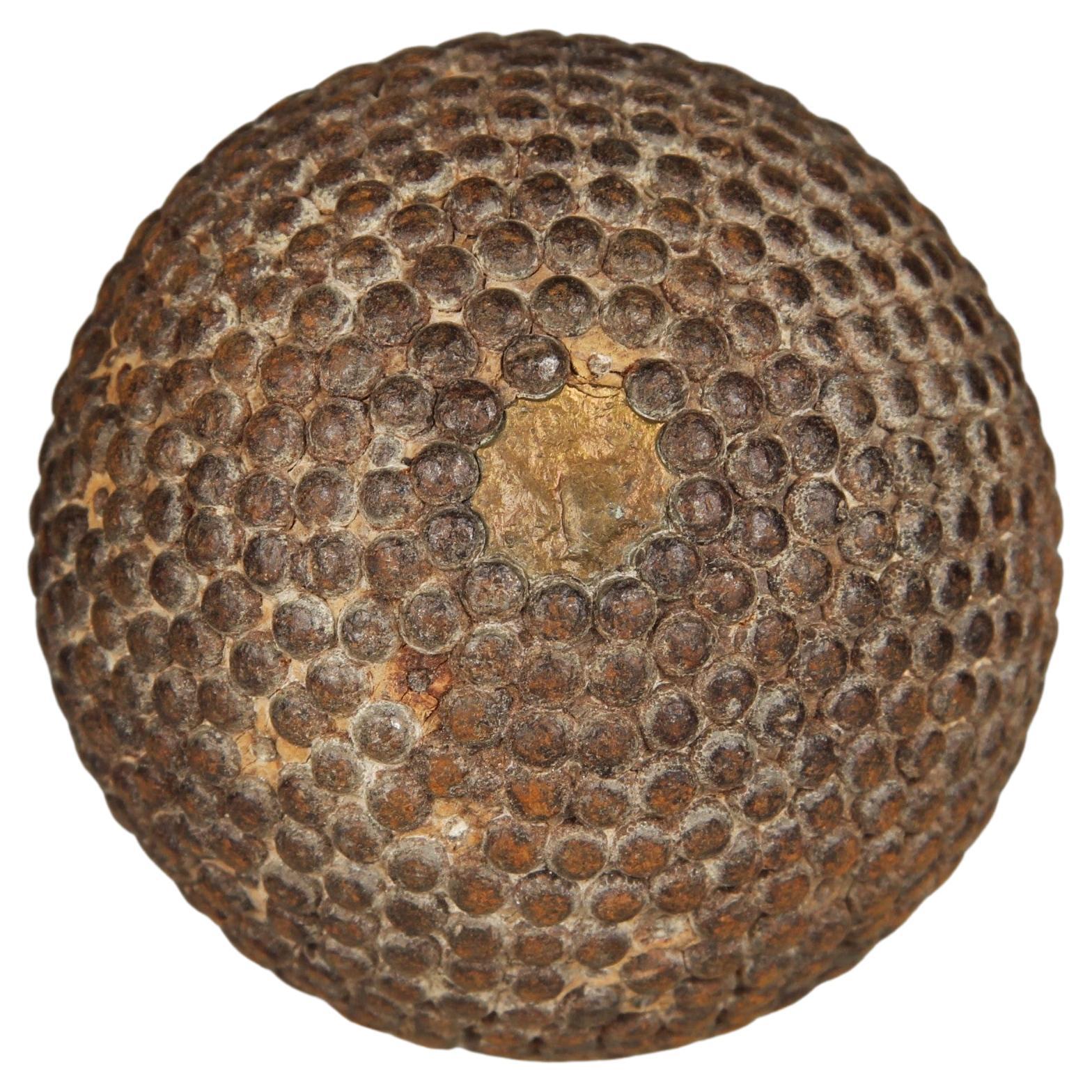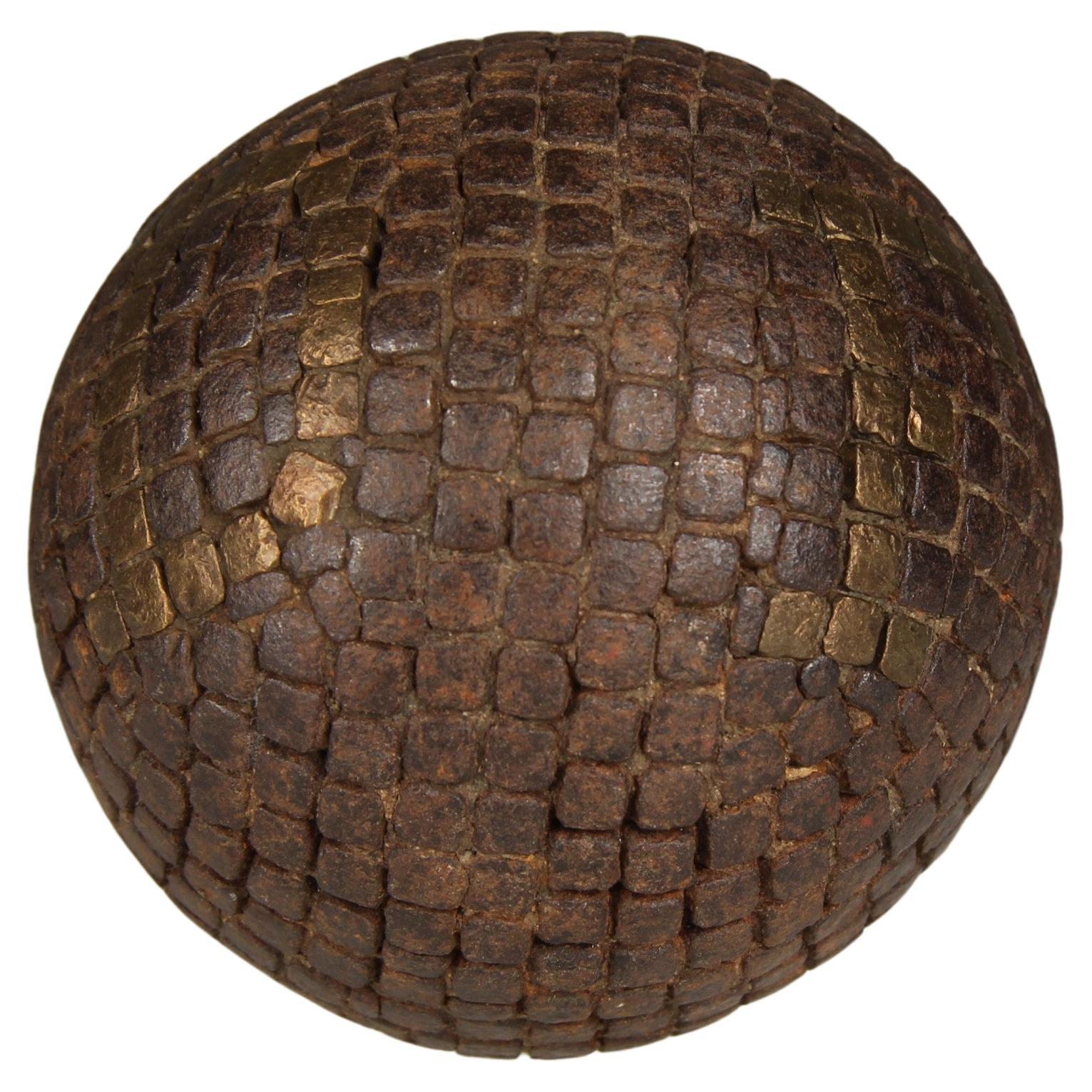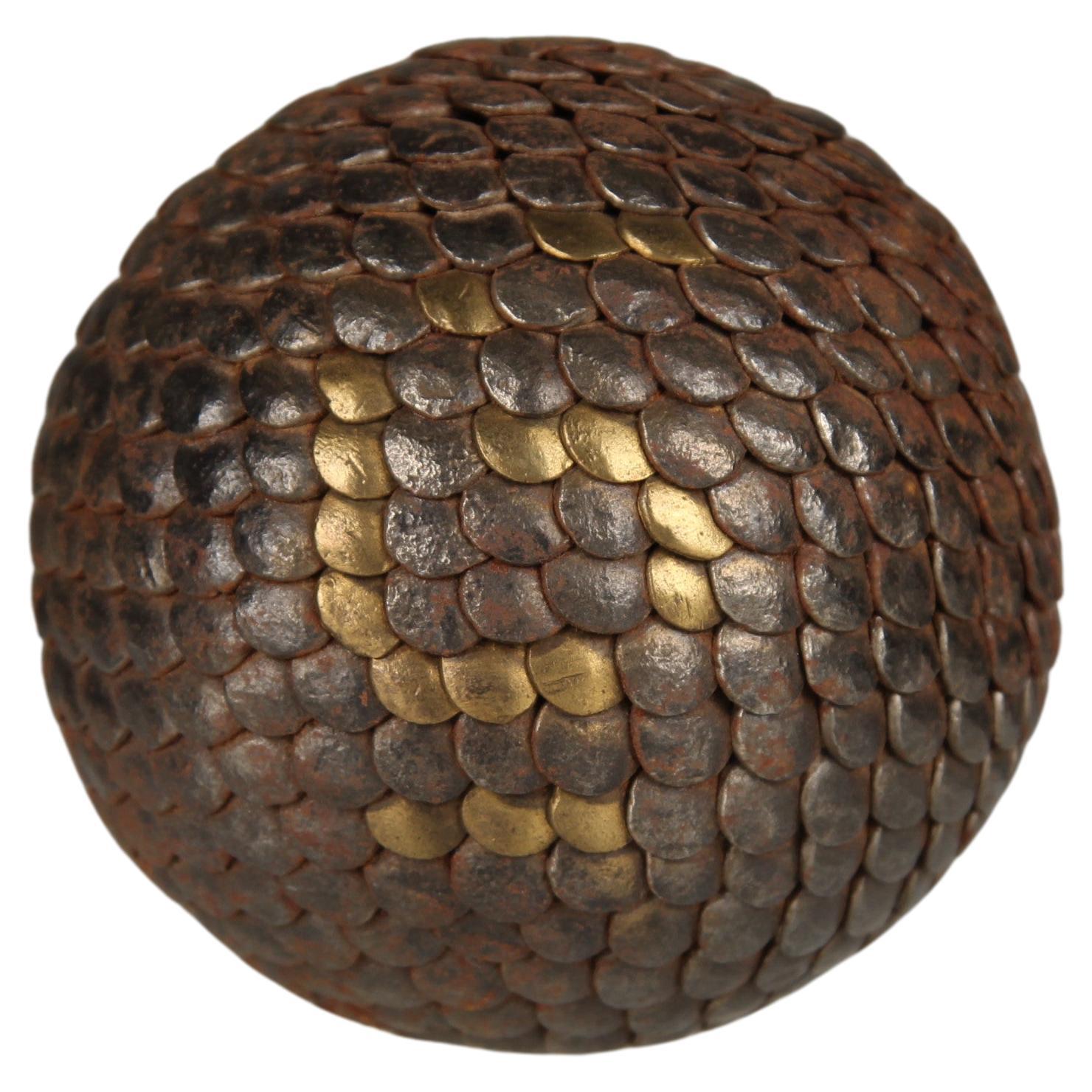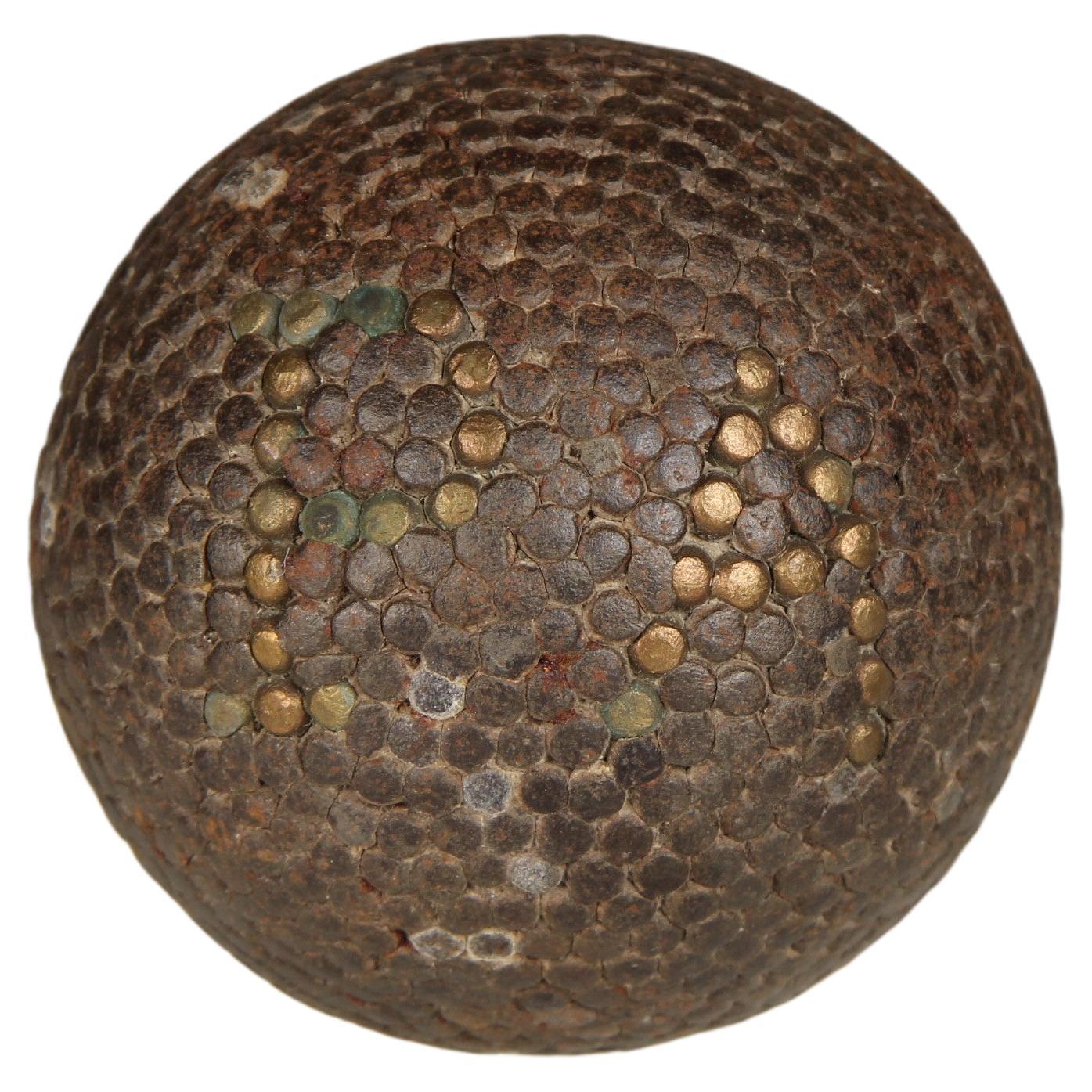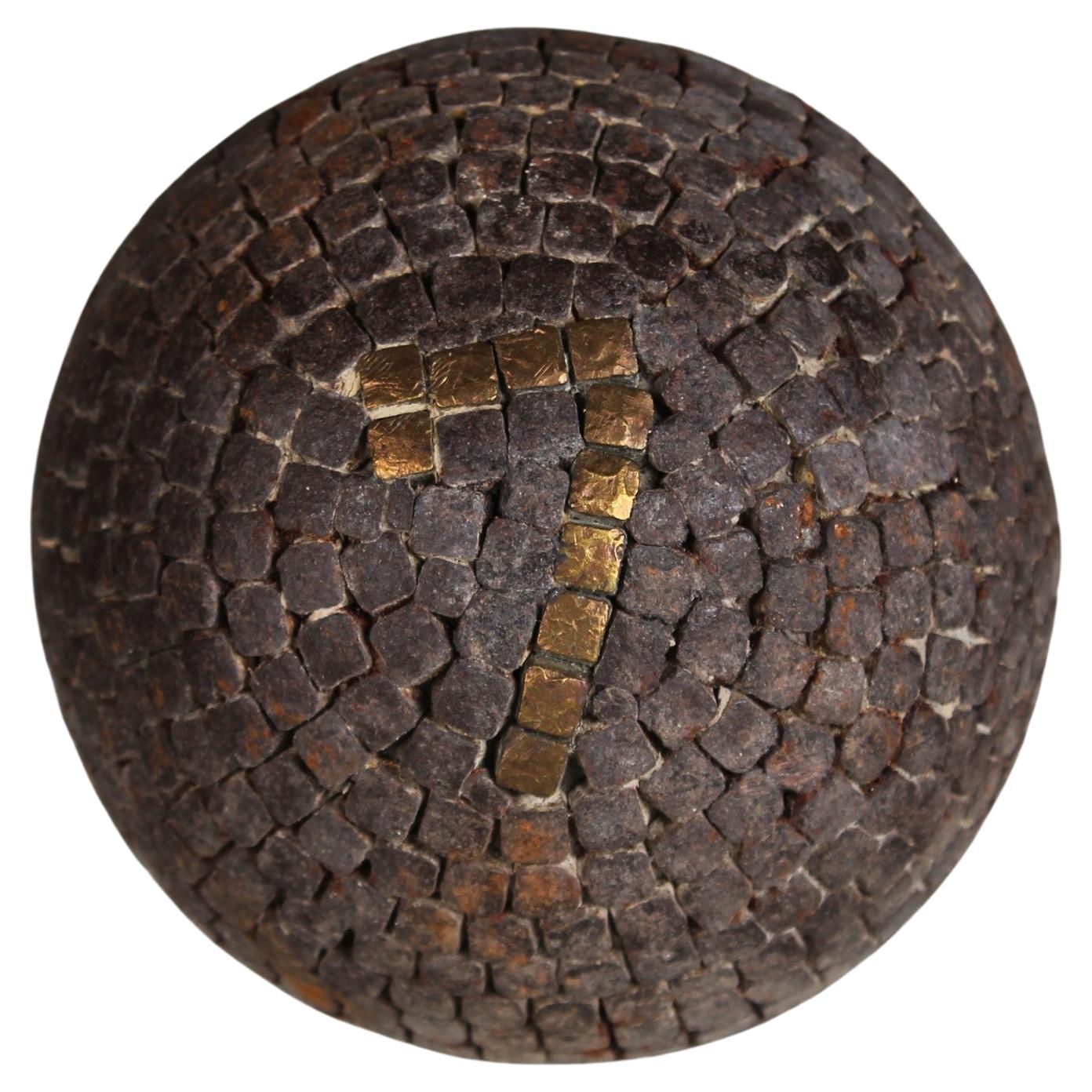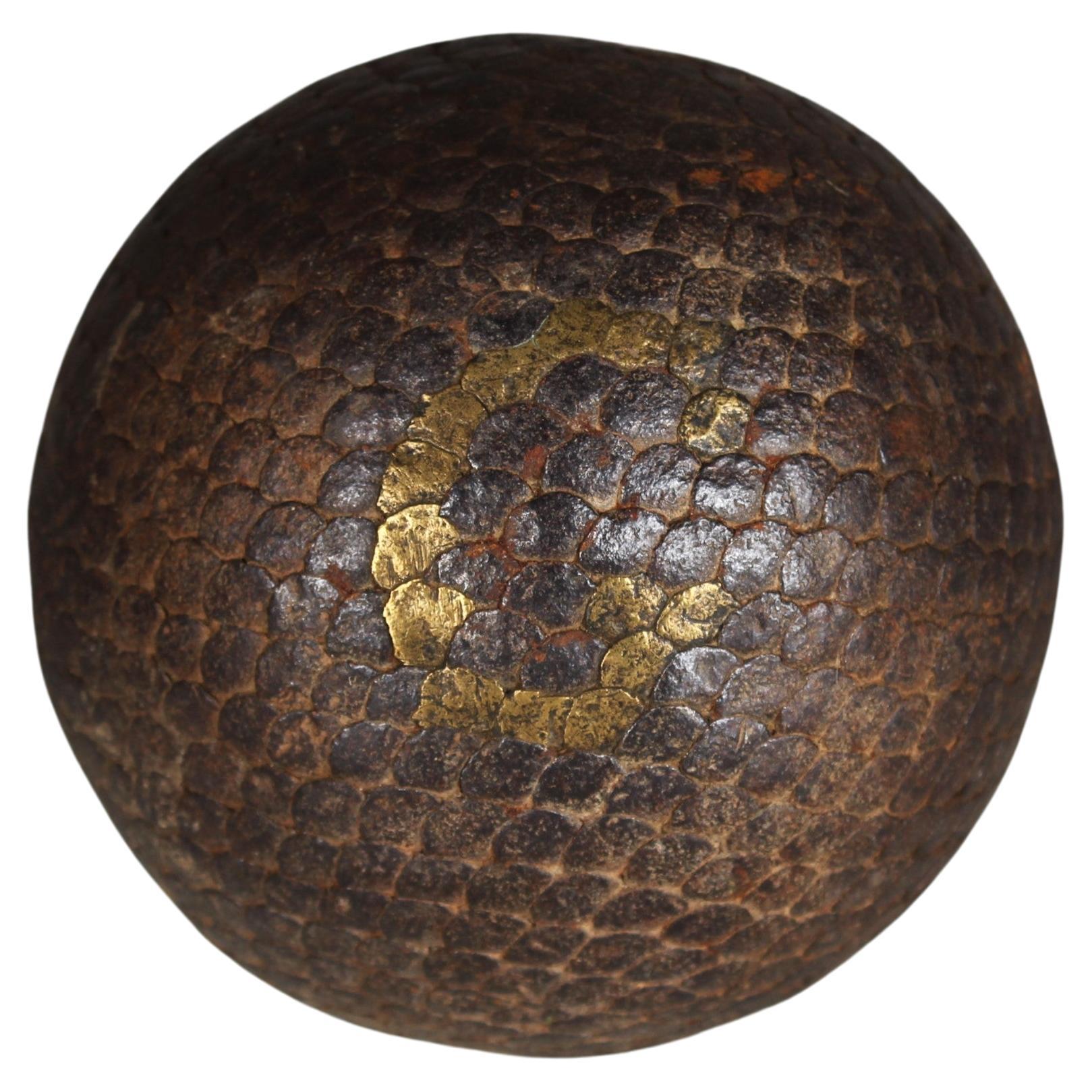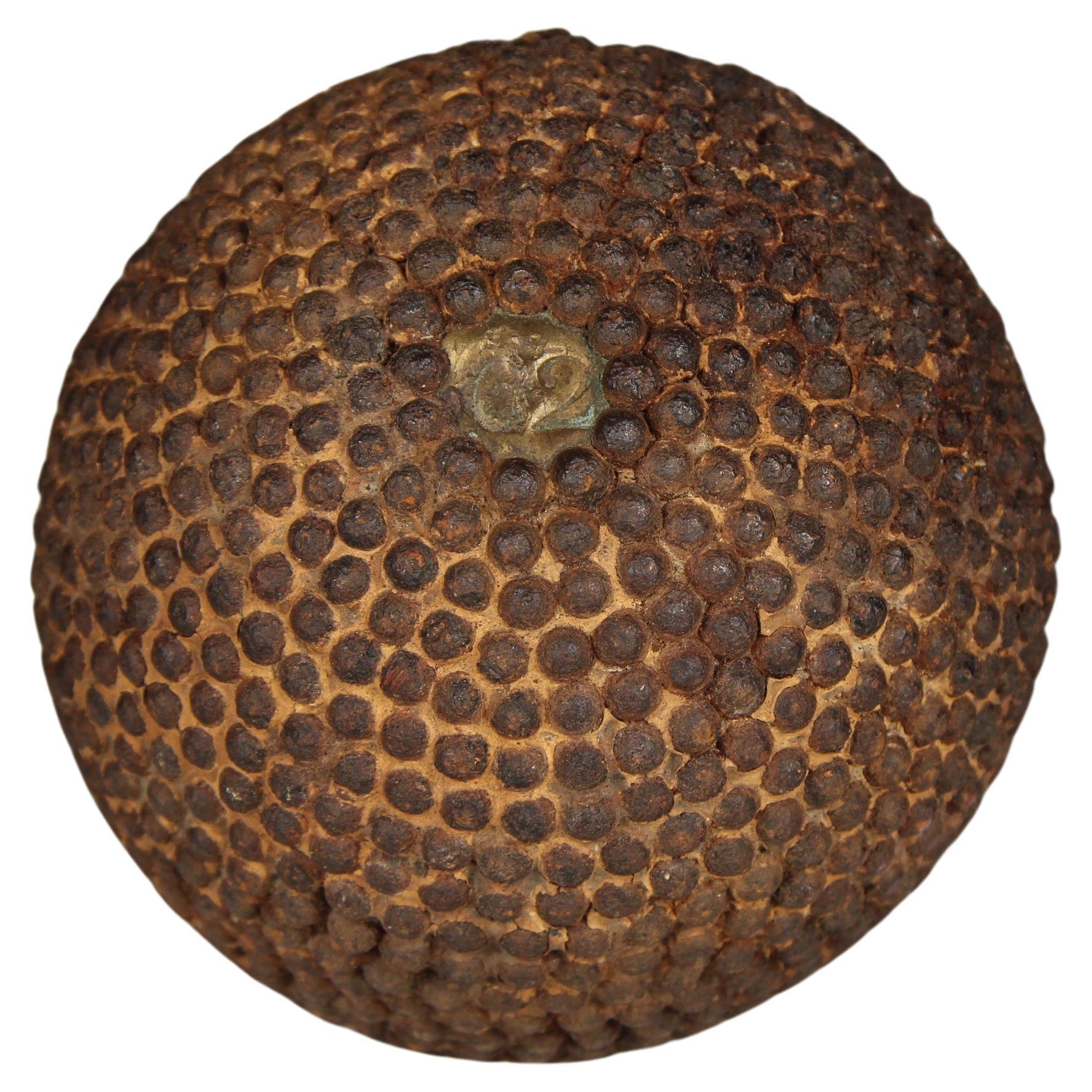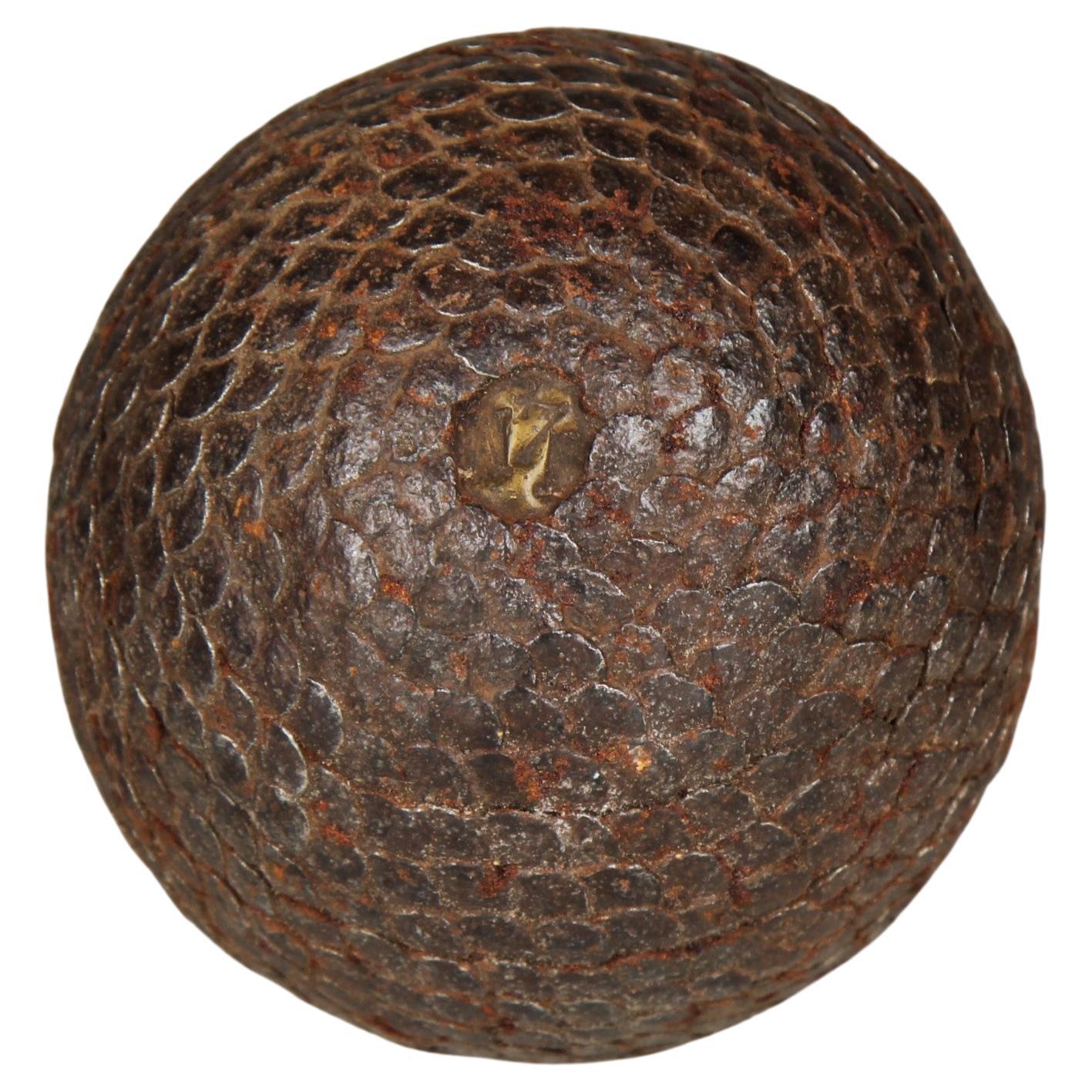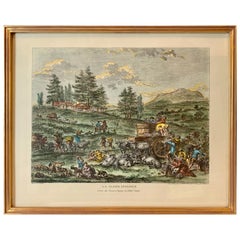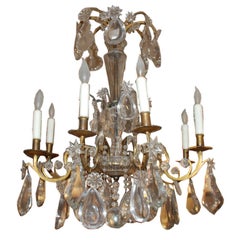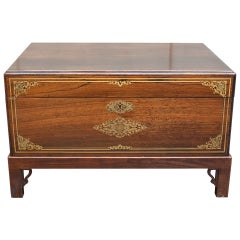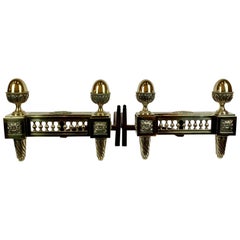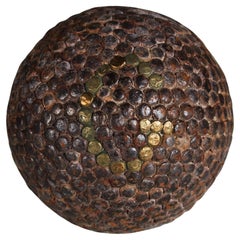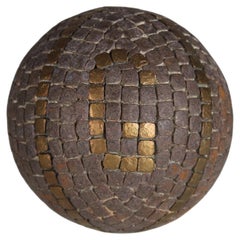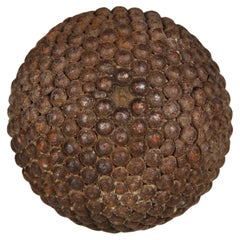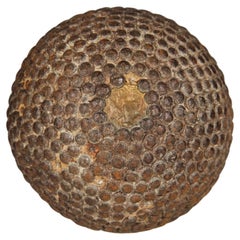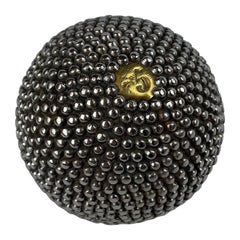
Boule de Petanque a French Game Ball Marked #5
View Similar Items
Want more images or videos?
Request additional images or videos from the seller
1 of 6
Boule de Petanque a French Game Ball Marked #5
$150List Price
About the Item
- Dimensions:Height: 4 in (10.16 cm)Diameter: 4 in (10.16 cm)
- Style:French Provincial (Of the Period)
- Materials and Techniques:
- Place of Origin:
- Period:
- Date of Manufacture:Mid-19th Century
- Condition:Wear consistent with age and use.
- Seller Location:West Palm Beach, FL
- Reference Number:1stDibs: LU838617354312
About the Seller
5.0
Vetted Professional Seller
Every seller passes strict standards for authenticity and reliability
Established in 1972
1stDibs seller since 2007
385 sales on 1stDibs
Typical response time: 10 hours
Authenticity Guarantee
In the unlikely event there’s an issue with an item’s authenticity, contact us within 1 year for a full refund. DetailsMoney-Back Guarantee
If your item is not as described, is damaged in transit, or does not arrive, contact us within 7 days for a full refund. Details24-Hour Cancellation
You have a 24-hour grace period in which to reconsider your purchase, with no questions asked.Vetted Professional Sellers
Our world-class sellers must adhere to strict standards for service and quality, maintaining the integrity of our listings.Price-Match Guarantee
If you find that a seller listed the same item for a lower price elsewhere, we’ll match it.Trusted Global Delivery
Our best-in-class carrier network provides specialized shipping options worldwide, including custom delivery.More From This Seller
View All"La Pleine Vendange", French Grape Harvest-Hand Watercolored
Located in West Palm Beach, FL
This vintage print "La Pleine Vendange" or "The Full Harvest" is hand watercolored and depicts the harvesting of grapes in France. It is in a solid black and gold frame.
Width-24.5"
...
Category
Vintage 1960s French French Provincial Prints
Materials
Paper, Wood
$316 Sale Price
20% Off
Period French Eight Light Bronze and Crystal Chandelier
Located in West Palm Beach, FL
Exceptional period French eight light gilt bronze chandelier having very large thick crystals. These large, thick crystals were used in the 18th and beginning of the 19th centuries....
Category
Antique 1790s French Louis XVI Chandeliers and Pendants
Materials
Crystal, Bronze
Wedding Chest with Bronze Inlay on a Custom Stand-France, c. 1860
By André-Charles Boulle
Located in West Palm Beach, FL
Antique rosewood French wedding chest made as a fancy and expensive gift for the bride. The rosewood chest has gilt bronze stringing and Boulle style inlay of mother-of-pearl and bro...
Category
Antique 19th Century French Napoleon III Trunks and Luggage
Materials
Bronze
$2,800 Sale Price
20% Off
Golden Bronze Andirons, Louis XVI Style, France, 19th c.
Located in West Palm Beach, FL
Pair of antique French Louis XVI golden bronze andirons. The casting and chasing on this pair is superb. The unusual egg shaped finials with a beaded border supported by vertical leaves...
Category
Antique Early 19th Century French Louis XVI Andirons
Materials
Bronze
A Pair of French Hand Blown Slice Cut Crystal Flutes
Located in West Palm Beach, FL
Pair of French cut crystal stemmed flutes. The cutting style around the top is thumbprint while the body is slice cut.
This pair would service well as toasting glasses...
Category
Antique 1860s French Napoleon III Glass
Materials
Crystal
$120 Sale Price / set
20% Off
Sandrift by Lalique- Frosted Glass Vase, France, Scribe Signed
By Lalique
Located in West Palm Beach, FL
The Lalique frosted glass Sandrift vase was produced in the 1960's in the Art Deco style. It is in ovoid form with frosted overlapping shells. Scribe signed on the bottom Lalique, Fr...
Category
Vintage 1960s French Art Deco Vases
Materials
Art Glass
You May Also Like
Antique Boule Ball "G", Pétanque, 1880s, France, Craftsmanship
Located in Greven, DE
Beautiful, unique Boule ball, France, late 19th Century.
In the 19th century, the manufacture of boules balls underwent significant development in France as the game of boules, particularly the pétanque variant, gained in popularity. The manufacture of boules balls during this period was a manual process that required expertise, precision and love to detail.
In the late 19th and early 20th centuries, particularly in rural areas of France and other Mediterranean regions, olive wood was a commonly used source of material for making boules balls. This was not only due to the availability of the material, but also to the outstanding properties of olive wood, which was characterized by hardness, strength and a rich grain.
First, the olive wood was carefully selected and shaped into raw balls, which were then sanded to the desired size and shape. The nails were then hammered into the balls one by one, making sure that they were evenly distributed and firmly anchored. Finally, the spheres were polished and coated with a protective varnish to enhance their natural beauty and protect them from the elements.
The use of nails to decorate and reinforce olive wood boules was a traditional practice that not only gave the ball a rustic aesthetic, but also improved its durability and contributed to customization. Many balls were made according to the specific requirements and preferences of the players. Nails were driven at regular intervals around the ball, with each nail hole precisely placed so as not to affect the balance and weight distribution of the ball. These nails not only served as a decorative element, but also helped to strengthen the structure of the ball and make it more resistant to the hard knocks and wear and tear during play. Individual engravings or decorations were often applied to the balls to make them unique and identify the player.
Antique boules...
Category
Antique Late 19th Century French Late Victorian Antiquities
Materials
Metal
Antique Boule Ball "G", "J", Pétanque, 1880s, France, Craftsmanship
Located in Greven, DE
Beautiful, unique Boule ball, France, late 19th Century.
Decorated with the initials "G" and "J".
In the 19th century, the manufacture of boules balls underwent significant developm...
Category
Antique Late 19th Century French Late Victorian Antiquities
Materials
Olive
Antique Boule Ball "B", Pétanque, 1880s, France, Craftsmanship
Located in Greven, DE
Beautiful, unique Boule ball, France, late 19th Century.
In the 19th century, the manufacture of boules balls underwent significant development in France as the game of boules, part...
Category
Antique Late 19th Century French Late Victorian Antiquities
Materials
Metal
Antique Boule Ball, Pétanque, 1880s, France, Craftsmanship
Located in Greven, DE
Beautiful, unique Boule ball, France, late 19th Century.
In the 19th century, the manufacture of boules balls underwent significant development in France as the game of boules, part...
Category
Antique Late 19th Century French Late Victorian Antiquities
Materials
Metal
Antique Boule Ball "6", Pétanque, 1880s, France, Craftsmanship
Located in Greven, DE
Beautiful, unique Boule ball, France, late 19th Century.
In the 19th century, the manufacture of boules balls underwent significant development in France as the game of boules, part...
Category
Antique Late 19th Century French Late Victorian Antiquities
Materials
Metal, Brass
Antique Boule Ball "D F", Pétanque, 1880s, France, Craftsmanship
Located in Greven, DE
Beautiful, unique Boule ball, France, late 19th Century.
In the 19th century, the manufacture of boules balls underwent significant development in France as the game of boules, part...
Category
Antique Late 19th Century French Late Victorian Antiquities
Materials
Metal, Brass
Recently Viewed
View AllMore Ways To Browse
Petanque Balls
Used Petanque Boules
Antique Petanque Balls
Antique Bocce
Bocce Balls
Antique Bocce Balls
Pre Columbian Art
Peruvian Pre Columbian
Norway Folk Art Furniture
Folk Art Walking Stick
Ex Antiques
Pre Columbian Pottery
Wood Carving Cowboy
Inca Antique
19th Century Folk Art Walking Stick
Petanque Balls
Used Petanque Boules
Antique Petanque Balls
